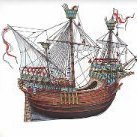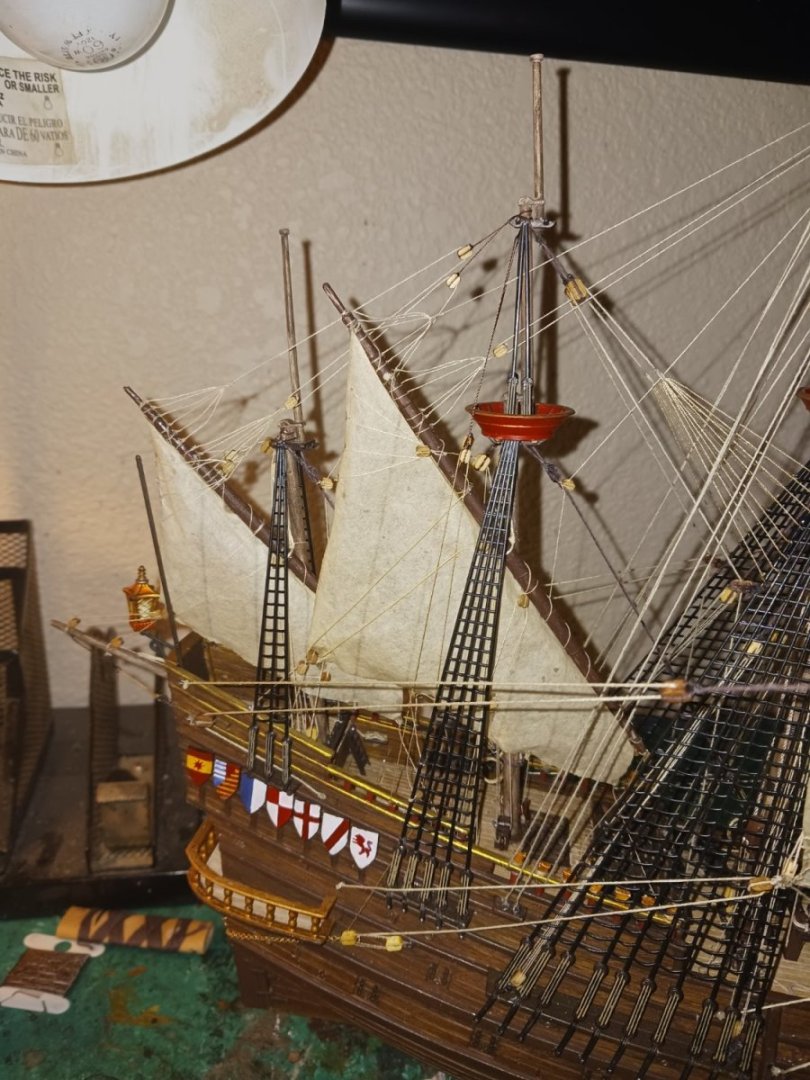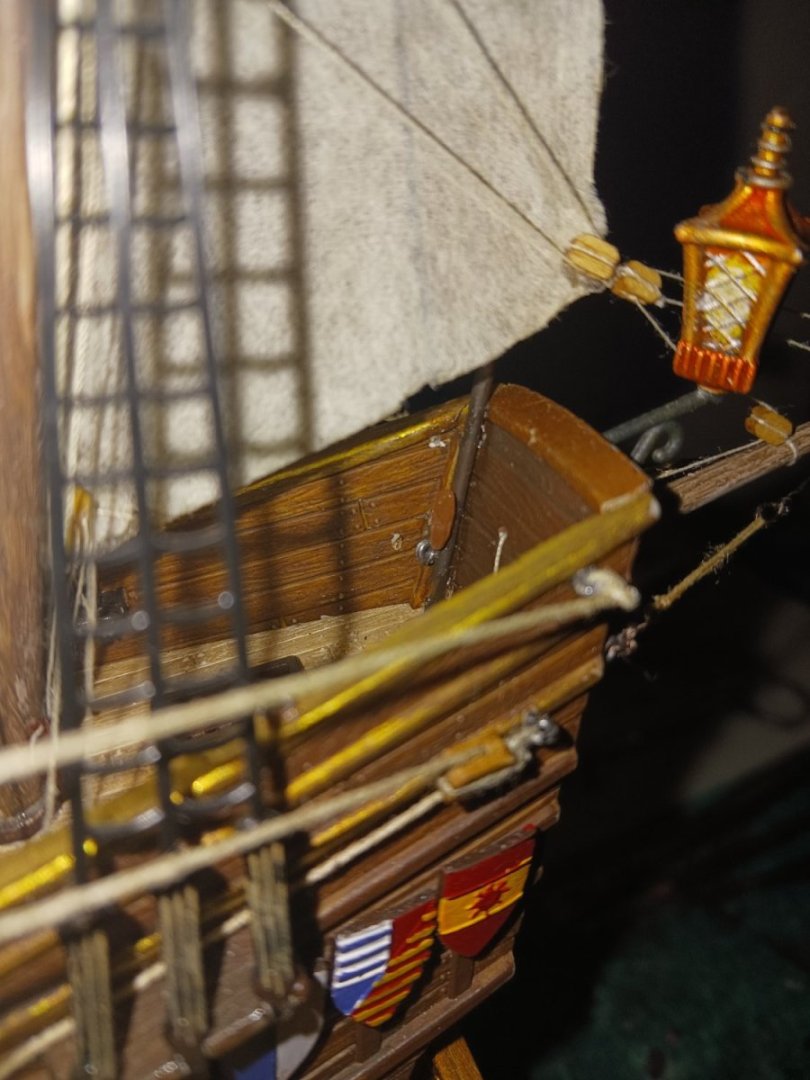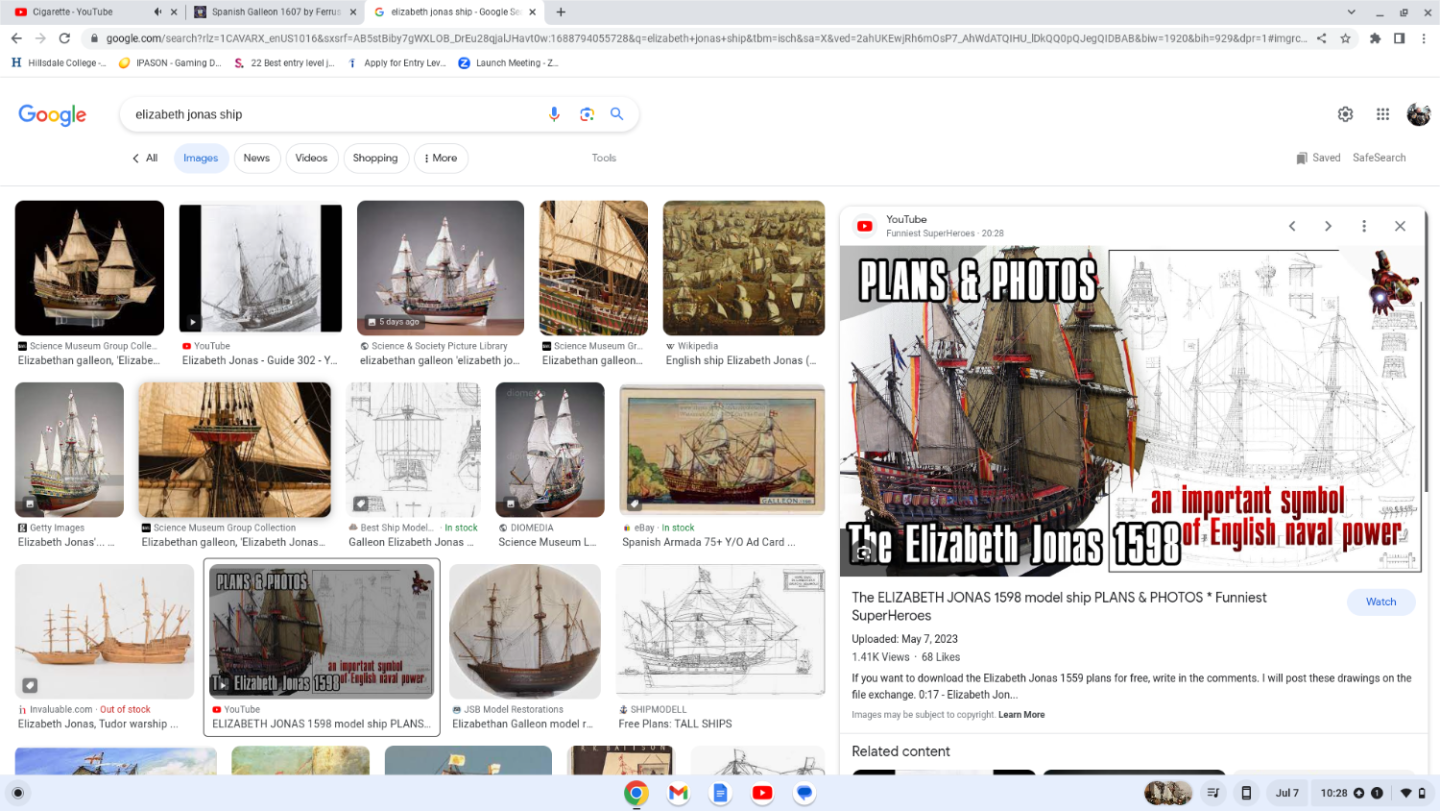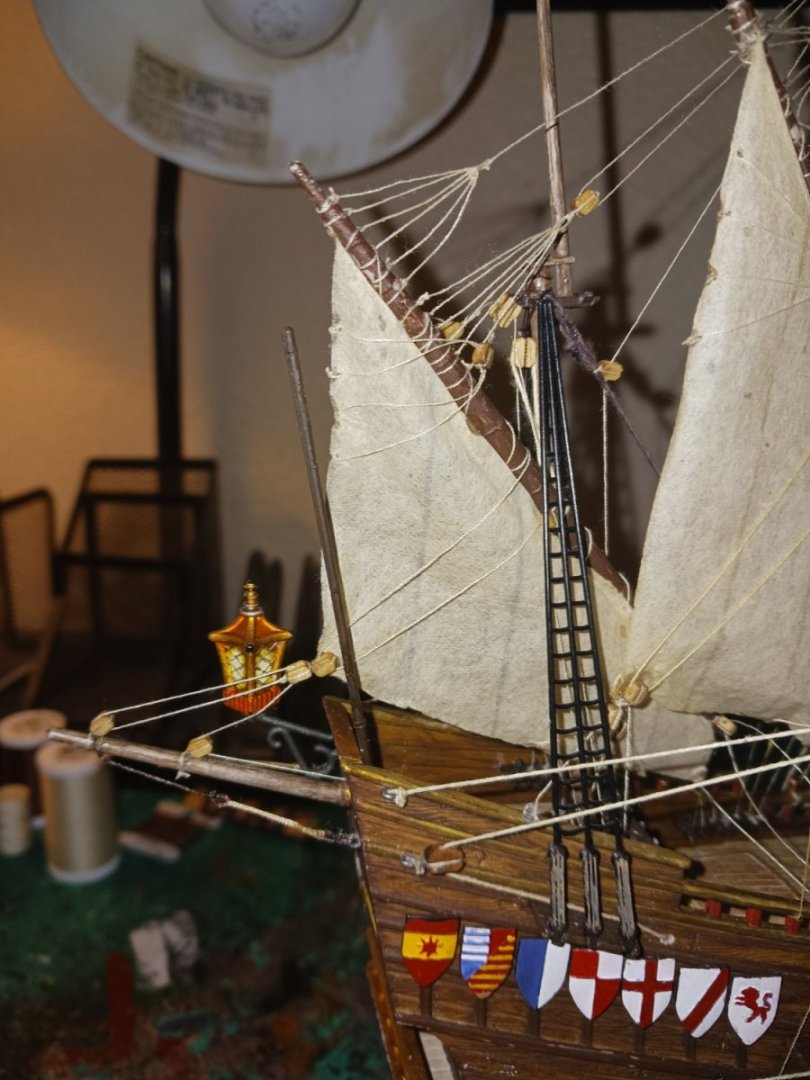-
Posts
1,391 -
Joined
-
Last visited
Content Type
Profiles
Forums
Gallery
Events
Everything posted by Ferrus Manus
-
I love how you painted your ship the way you paint your Warhammer minis. (yes, i have done both, look at my name) I never really got into the advanced techniques like shading and highlighting, and i haven't painted Warhammer minis in, like, 4 years. I need to though, because i would like to paint a ship like that.
- 562 replies
-
- vanguard models
- alert
-
(and 2 more)
Tagged with:
-
From what i've heard, Chris Watton is an absolute legend, and will be happy to help you. I'm pretty sure he actually designed the Lady Nelson. Basically everyone says he's the best of the best, and the kits prove it.
- 16 replies
-
- Lady Nelson
- Victory Models
-
(and 1 more)
Tagged with:
-
I'm doing a lot better today. I was able to go fetch my dad some gum from the gas station and get myself a coffee. However, he is sick with covid. He is 61, but he has no underlying conditions nor does he have a weakened immune system. He's pretty sick today, but we're both sure he'll be better tomorrow. Either way, i'm taking care of him.
- 279 replies
-
- Spanish Galleon
- Imai
-
(and 1 more)
Tagged with:
-
Isolation goes through tomorrow, and by then i shouldn't be contagious. Thank you all for the kind wishes of both celebration and recovery. Once i get better, i'm gonna throw a late birthday blowout (me and a few family members going to a pizza joint) I got the first two jabs in 2021 because the gov't said i had to. Other than that, nothing. And so far, my own immune system has proven perfectly capable of handling this with no issues. I guess it was smart of me to change my diet to include healthier foods.
- 279 replies
-
- Spanish Galleon
- Imai
-
(and 1 more)
Tagged with:
-
The only real issue was the sinus infection which hurt like a SOB, the rest in just an annoyance.
- 279 replies
-
- Spanish Galleon
- Imai
-
(and 1 more)
Tagged with:
-
Yeah 😂 it's all in good fun, though. I'm well on the mend.
- 279 replies
-
- Spanish Galleon
- Imai
-
(and 1 more)
Tagged with:
-
I've been mildly sick for the past few days, and i just found out i have Covid. Guess that explains the distinct lack of modelling for the past couple days.
- 279 replies
-
- Spanish Galleon
- Imai
-
(and 1 more)
Tagged with:
-
I turned 19 today. Woohoo! Also, the fore topsail has almost all its blocks in place, and is almost ready for the halyard.
- 279 replies
-
- Spanish Galleon
- Imai
-
(and 1 more)
Tagged with:
-
The fore topsail is being readied to go on the yard, and is currently drying out. Either way, i need to get a bunch of cleats.
- 279 replies
-
- Spanish Galleon
- Imai
-
(and 1 more)
Tagged with:
-
- 279 replies
-
- Spanish Galleon
- Imai
-
(and 1 more)
Tagged with:
-
Next up on the radar for the build will be the fore topsail, which i have everything set up for.
- 279 replies
-
- Spanish Galleon
- Imai
-
(and 1 more)
Tagged with:
-
I have actually done that before. Most of the medium sized white thread has actually been dyed grey with this method. The lines behave better as well once they have been painted.
- 279 replies
-
- Spanish Galleon
- Imai
-
(and 1 more)
Tagged with:
-
I choose to incorporate the flagpole. Hendrick Cornelisz Vroom painted from about 1580 to his death in 1640, and many of his paintings are almost perfectly contemporary. He frequently included flagpoles, such as on this Dutch ship:
- 279 replies
-
- Spanish Galleon
- Imai
-
(and 1 more)
Tagged with:
-
It would be much easier for me to fabricate timber heads and just use cleats for things like parrel lines and bowlines.
- 279 replies
-
- Spanish Galleon
- Imai
-
(and 1 more)
Tagged with:
-
On the fighting tops, should i use timber heads like i have elsewhere on the model, or should i use cleats?
- 279 replies
-
- Spanish Galleon
- Imai
-
(and 1 more)
Tagged with:
-
I think it's probably time to glue the flagpole in, which would conclude the work on the back of the ship, for now.
- 279 replies
-
- Spanish Galleon
- Imai
-
(and 1 more)
Tagged with:
-
I would do that, yes. However, i think it is too late for that, unfortunately. Painting the thread going forward would make it look much different than the other thread on the model, which would make the model look ugly and unorganized. However, when i end up doing my next model, all the lines on the ship will be painted with Folk Art Antiquing Medium.
- 279 replies
-
- Spanish Galleon
- Imai
-
(and 1 more)
Tagged with:
-
- 279 replies
-
- Spanish Galleon
- Imai
-
(and 1 more)
Tagged with:
-
The flagpole is sitting in the corner nearest the camera, by the way.
- 279 replies
-
- Spanish Galleon
- Imai
-
(and 1 more)
Tagged with:
-
This is what i came up with: The flagpole is not glued in yet. (The martnets are supposed to be slack lines, so don't execute me for not gluing them)
- 279 replies
-
- Spanish Galleon
- Imai
-
(and 1 more)
Tagged with:
-
@kirill4 i found a way to rig the flagpole. However, there are not many sources for 4-masted galleons, so both ideas are likely equally plausible. Thanks for the CA glue trick!!
- 279 replies
-
- Spanish Galleon
- Imai
-
(and 1 more)
Tagged with:
-
- 279 replies
-
- Spanish Galleon
- Imai
-
(and 1 more)
Tagged with:
About us
Modelshipworld - Advancing Ship Modeling through Research
SSL Secured
Your security is important for us so this Website is SSL-Secured
NRG Mailing Address
Nautical Research Guild
237 South Lincoln Street
Westmont IL, 60559-1917
Model Ship World ® and the MSW logo are Registered Trademarks, and belong to the Nautical Research Guild (United States Patent and Trademark Office: No. 6,929,264 & No. 6,929,274, registered Dec. 20, 2022)
Helpful Links
About the NRG
If you enjoy building ship models that are historically accurate as well as beautiful, then The Nautical Research Guild (NRG) is just right for you.
The Guild is a non-profit educational organization whose mission is to “Advance Ship Modeling Through Research”. We provide support to our members in their efforts to raise the quality of their model ships.
The Nautical Research Guild has published our world-renowned quarterly magazine, The Nautical Research Journal, since 1955. The pages of the Journal are full of articles by accomplished ship modelers who show you how they create those exquisite details on their models, and by maritime historians who show you the correct details to build. The Journal is available in both print and digital editions. Go to the NRG web site (www.thenrg.org) to download a complimentary digital copy of the Journal. The NRG also publishes plan sets, books and compilations of back issues of the Journal and the former Ships in Scale and Model Ship Builder magazines.


